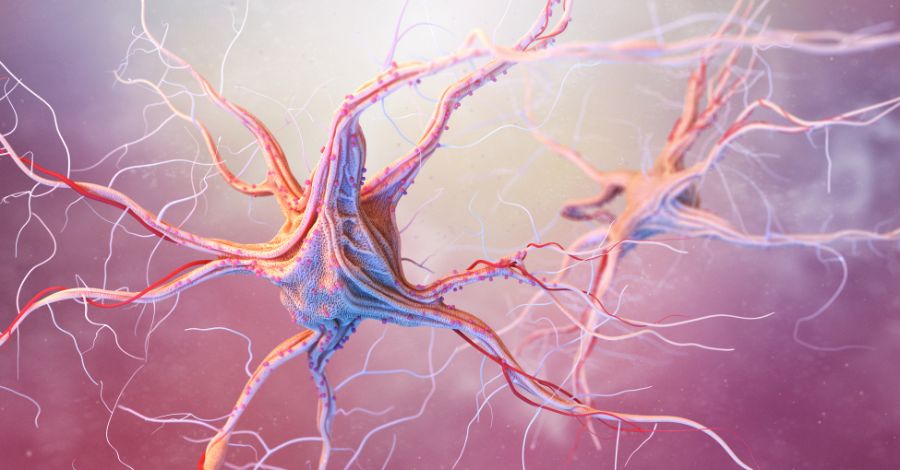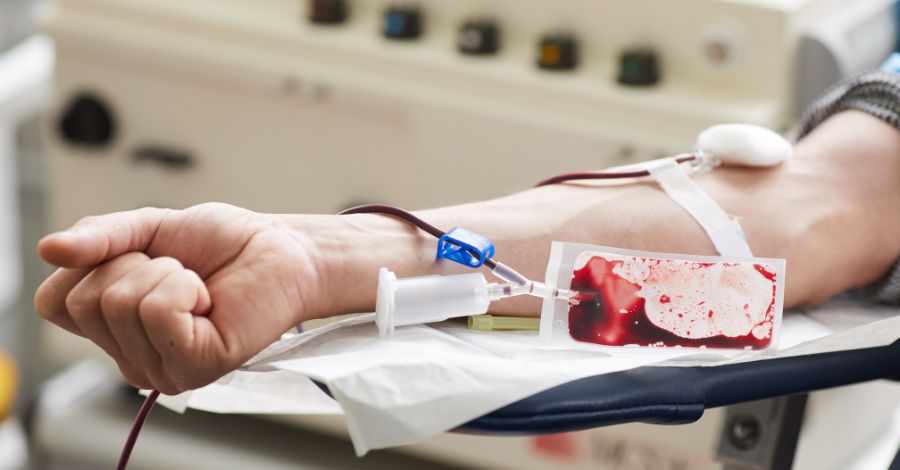Lyme Disease Was Mistaken for Child Abuse: A Commentary
When Lyme Disease Mistaken for Child Abuse Sets a Crisis in Motion Some medical cases stay with us long after we read them. One such case—published by Pan and colleagues in 2021—still stands out for how quickly Lyme disease mistaken for child abuse escalated into a family crisis. The case involved a toddler brought to […]
Lyme Disease Was Mistaken for Child Abuse: A Commentary Read More »










